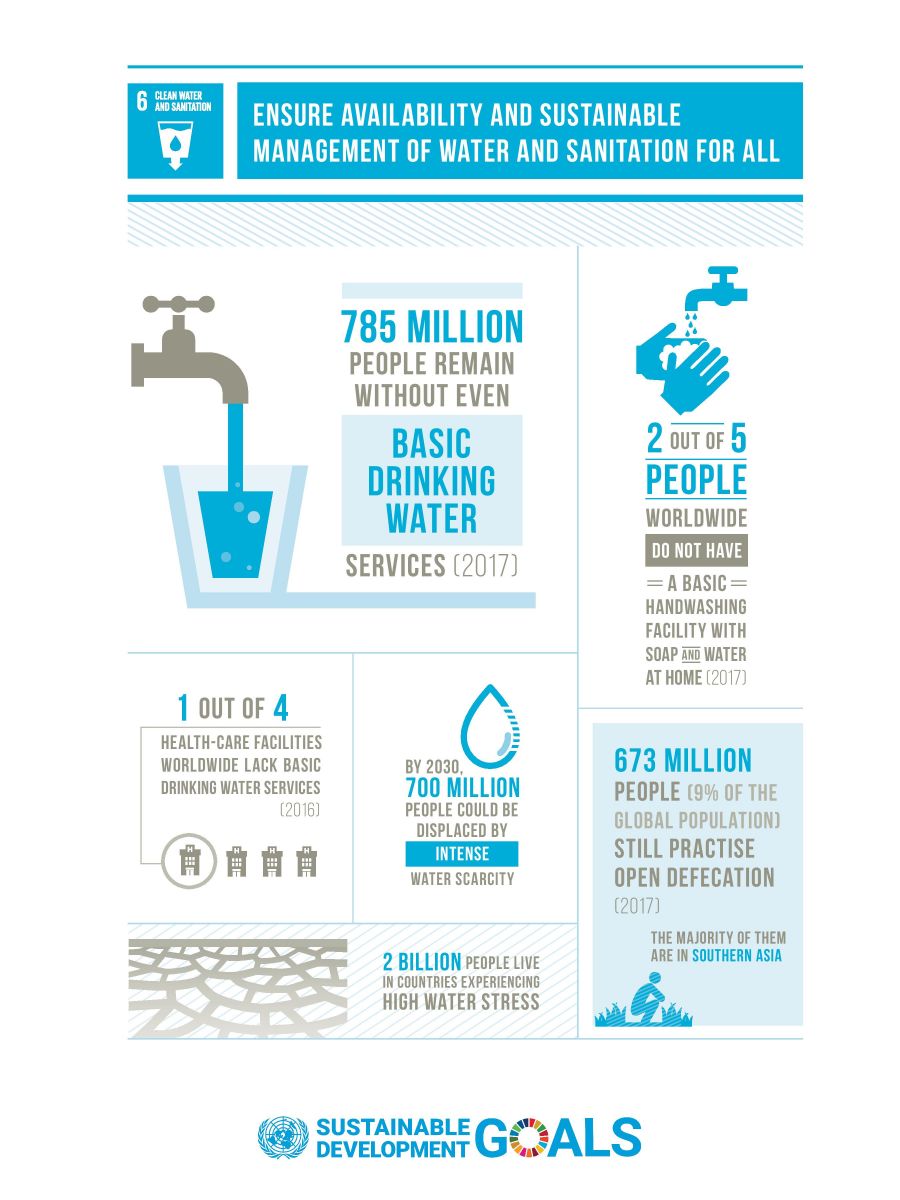
 Searching Databases
Searching DatabasesThe amount of information returned from a search on your subject or topic can be overwhelming. There are a number of skills and techniques that can be used that will help you find quality academic information. Use the links above to learn more about each step in the search process.
First Steps:
1. Define your topic. What question are you trying to answer?
2. Choose keywords for your topic. Think of synonyms, abbreviations, and alternative spellings.
3. Choose a database you think will be helpful--the suggestions in this research guide or the A-Z Database list.
4. Combine your keywords using Boolean operators - this gives your search some structure.
5. Refine your search results using publication date, availability, or subject options.
6. Reflect on the results you find, make changes based on those results, and try again.

Choosing Keywords
Choosing Databases
Look for a research guide for your class--it may have helpful starting suggestions.
If not, use the Library Databases A-Z page to locate a database--use the dropdown to narrow by subject.
Want more results? Use the search bar on the library homepage and click “Articles” to get results from every database at once.
Boolean Operators are terms you can use to narrow or broaden your search in a database or a library catalog.
The three basic operators are: AND, OR, and NOT.
 Use AND in a search to:
Use AND in a search to:
For example: racism AND elections AND United States
The orange triangle in the middle of the Venn diagram represents the results set for this search.
 Use OR in a search to:
Use OR in a search to:
Example: feminism OR gender inequality OR women's rights
All three circles represent the result set for this search. It is a big set because any of those words are valid using the OR operator.
 Use NOT in a search to:
Use NOT in a search to:
Example: participation AND democracy NOT United States
This tells the database to pull up results about participation and democracy but to exclide any articles that are about participation and democracy specifically in the United States.
 Refine Your Results
Refine Your Results

